Hunan Museum is located at No. 50 Dongfeng Road, Kaifu District, Changsha City, Hunan Province. Situated in the central area of Changsha, it lies at the northwest corner of Martyrs Park in Changsha. As the largest museum of history and art in Hunan Province, it is also a local chronicles museum. The total area of the museum premises reaches 112,469 square meters, including 91,252 square meters of the main exhibition building, 10,408 square meters of the South Courtyard, and 8,896.3 square meters of the under-construction Miluo Base of the museum. As one of China's first batch of national first-class museums and one of the eight national key museums co-constructed by the central and local governments, Hunan Museum occupies an important position in the field of cultural and museum undertakings.
Historical Culture
The history of Hunan Museum can be traced back to the 23rd year of the Guangxu reign in the Qing Dynasty (1897), when the Chenzhou Society established the Chenzhou Society Museum, which was aborted with the failure of the Wuxu Reform. In the 30th year of the Guangxu reign in the Qing Dynasty (1904), advocated by Zhao Erxun, the governor of Hunan, gentry such as Liang Huankui and Long Furui raised funds to set up a museum in the provincial capital, which was co-located with a library and an education hall, with the full name "Hunan Library and Education Museum". It mainly displayed human and animal models, and the education museum part was abolished about a year after its opening. On June 24, the 13th year of the Republic of China (1924), the Hunan Provincial Education Association Museum opened. In March 1951, the Preparatory Office of Hunan Provincial Museum was inaugurated at Baiqin Garden, Liufang Ridge, Changsha. In 1956, Hunan Provincial Museum was completed and opened to the public in Martyrs Park in the northwest of Changsha.
In the early stage of its establishment, with the goal of building a "local chronicles museum", it carried out the collection and exhibition of cultural relics and specimens, and held six major exhibitions such as "Hunan Mineral Resources", "Hunan Agricultural Resources", "Hunan Handicrafts", and "Hunan Chu Cultural Relics". From 1972 to 1974, the excavation of the Mawangdui Han Tombs became an important milestone in the development of the museum. Thousands of exquisite cultural relics and a well-preserved female corpse of the Han Dynasty were unearthed, making the museum the focus of the world and greatly improving the level of its collection and exhibitions. Since then, the museum has gradually shifted from equal emphasis on the collection and exhibition of natural and historical relics to focusing on the collection and exhibition of historical relics. The new exhibition building was completed in 1999, the new museum officially opened to the public on November 29, 2017, and on July 30, 2022, Hunan Provincial Museum was officially renamed Hunan Museum.
Main Attractions
Exhibition of the Mawangdui Han Tombs in Changsha
Located on the 3rd floor of the museum, with an area of 5,243.8 square meters, it is divided into a preface hall and four units: Earth-Shaking Excavation, Life and Art, Bamboo and Silk Manuscripts Collection, and The Dream of Eternal Life. Here, a large number of precious cultural relics unearthed from the Mawangdui Han Tombs are displayed, such as the Plain Silk Gown and the T-shaped Silk Painting from Mawangdui Tomb No. 1, vividly presenting the lifestyle and cultural art of the Han Dynasty.
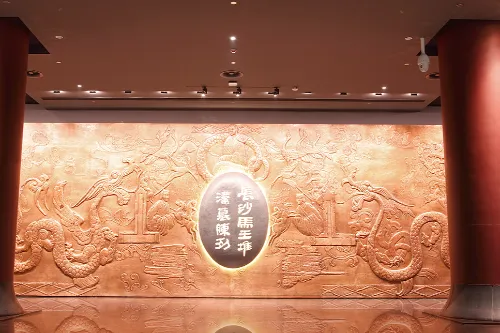
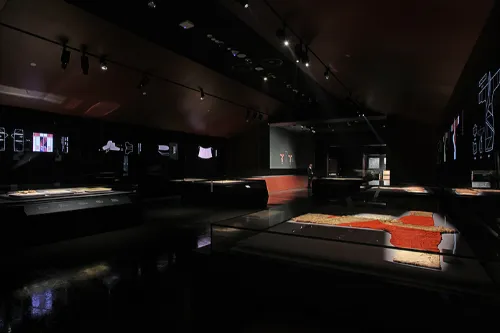
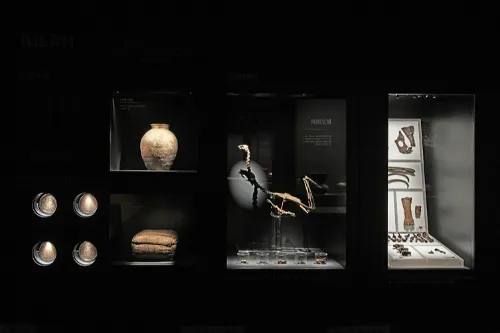
Hunan People: Exhibition of Hunan's History and Culture
Located on the 2nd floor of the museum, it showcases Hunan's history and culture from the first-person perspective of "Hunan people". The first part, "Homeland", interprets the natural environment and development outline of Hunan people's life; the second part, "Where I Come From", tells the formation of Hunan's existing residents; the third part, "The Land of Fish and Rice by Dongting Lake", shows the ways Hunan people obtain living resources; the fourth part, "Footprints of Life", presents the living conditions and customs of different historical periods; the fifth part, "Hunan Spirit", interprets the spiritual temperament of Hunan people.

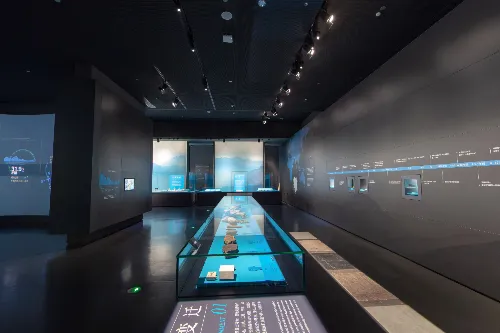
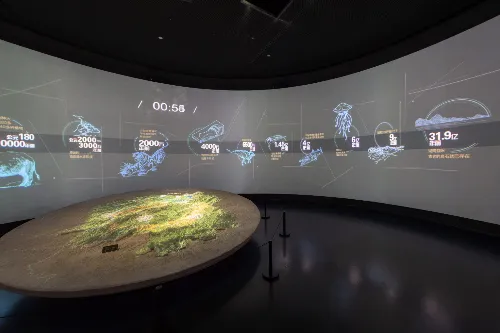
Bronze Gallery
The gallery displays a large number of bronze artifacts from the Shang and Zhou dynasties, such as the Square Cauldron with Human Face Patterns. These bronzes have unique shapes and exquisite craftsmanship, reflecting the superb casting technology and cultural connotation of that time.
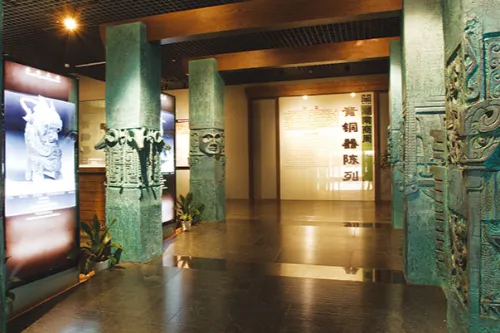
Ceramic Gallery
It displays fine ceramic works from past dynasties, including monochromatic glazed porcelain from ancient times to the present, reflecting the development course of traditional Chinese aesthetic concepts and ceramic craftsmanship.
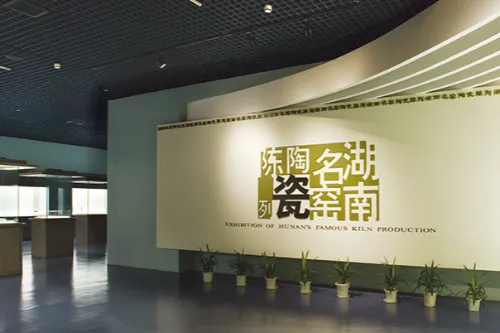
Calligraphy and Painting Gallery
It collects and displays a large number of calligraphy and painting works, covering different dynasties and styles, presenting the charm of calligraphy and painting art to the audience.

Crafts Gallery
It displays various exquisite crafts, showing the traditional craft level and artistic characteristics of Hunan area.
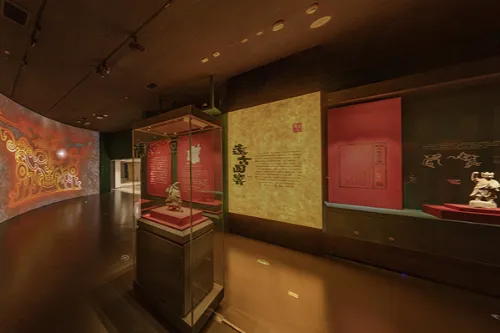
Tour Route
You can first go to the 2nd floor to visit "Hunan People: Exhibition of Hunan's History and Culture" to fully understand the historical and cultural context of Hunan; then go to the 3rd floor to admire the "Exhibition of the Mawangdui Han Tombs in Changsha" and appreciate the glory of the Han Dynasty; then visit the Bronze Gallery, Ceramic Gallery, Calligraphy and Painting Gallery, and Crafts Gallery in turn to enjoy various precious cultural relics and works of art. During the visit, you can carefully appreciate key exhibits according to your personal interests. The whole visit is expected to take 3-5 hours.
Tour Suggestions
- Book tickets in advance on the official platform to avoid being unable to visit due to ticket shortage.
- Before the visit, you can learn about the background knowledge of the exhibits through the museum's official website or relevant books to enhance the visiting experience.
- You can rent audio guide devices or participate in regular guided tours to better understand the historical culture behind the cultural relics.
- Smoking and loud talking are prohibited in the museum. Please abide by the visiting order of the museum and take good care of cultural relics and public facilities.
Notes
- Do not bring dangerous items such as flammable and explosive materials, controlled knives into the museum.
- Do not use flash when taking photos to avoid damaging cultural relics.
- There are catering areas in the museum, but bringing your own food into the exhibition halls for consumption is prohibited.
- In case of emergency, follow the instructions of the museum staff to evacuate in order.
Transportation
- Bus: You can take buses No. 112, 131, 136, 146, 150, 358, 901, etc., and get off at Hunan Museum Station.
- Subway: Take Metro Line 6, get off at Martyrs Park West Station and exit from Exit 3, then walk about 800 meters to reach the museum.
- Self-driving: There are parking lots around the museum, but parking may be tight during the tourist season. It is recommended to travel green.
Opening Hours
Open from 9:00 to 17:00 every Tuesday to Sunday, and stop admitting visitors at 16:00. Closed every Monday (except national statutory holidays).
Tickets
It implements a free admission policy with tickets required. Tickets need to be reserved in advance through the official WeChat public account. After successful reservation, please enter the museum with valid ID documents during the reserved time period.
You can search for the official WeChat public account "湖南博物院" to get the latest updates or make online reservations.
Online Booking
Click here to jump to the Trip.com ticketing platform for ticket purchase.


